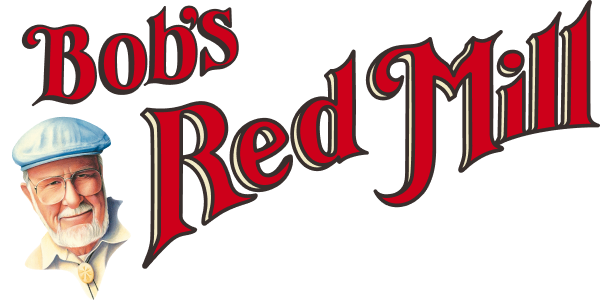


 As previously mentioned, bulgur is a grain that is already pre-cooked and dried. While it is not ready to be eaten, it is much further along than most grains and cooks more quickly. When fully cooked, bulgur takes on a chewy texture, similar to that of rice. Its flavor is nutty in nature and semi-sweet, making it easy to add to both sweet and savory dishes. Because of its versatility, bulgur is an easy substitute for other grains like couscous, quinoa and brown rice.
As previously mentioned, bulgur is a grain that is already pre-cooked and dried. While it is not ready to be eaten, it is much further along than most grains and cooks more quickly. When fully cooked, bulgur takes on a chewy texture, similar to that of rice. Its flavor is nutty in nature and semi-sweet, making it easy to add to both sweet and savory dishes. Because of its versatility, bulgur is an easy substitute for other grains like couscous, quinoa and brown rice.
 Cooking bulgur is incredibly simple. Unlike most grains, bulgur can be cooked quickly and easily. Because of its pre-cooked state, to cook bulgur, all you need to do is rehydrate it! There are a few ways that you can rehydrate bulgur into the soft and fluffy grain it is.
Cooking bulgur is incredibly simple. Unlike most grains, bulgur can be cooked quickly and easily. Because of its pre-cooked state, to cook bulgur, all you need to do is rehydrate it! There are a few ways that you can rehydrate bulgur into the soft and fluffy grain it is.
 Now that you better understand how to cook bulgur and what it is, it's time to put what you've learned to the test. But before you go ahead and whip up a large batch of bulgur, it's essential to know how to store the leftovers as you won't want anything to go to waste! Like many grains, when uncooked, bulgur should be stored in the pantry (a cool, dark place) in an airtight container, which will protect it from absorbing moisture and creating mold. When fully cooked, bulgur should be kept in an airtight container in the refrigerator and will remain good for about a week.
Now that you better understand how to cook bulgur and what it is, it's time to put what you've learned to the test. But before you go ahead and whip up a large batch of bulgur, it's essential to know how to store the leftovers as you won't want anything to go to waste! Like many grains, when uncooked, bulgur should be stored in the pantry (a cool, dark place) in an airtight container, which will protect it from absorbing moisture and creating mold. When fully cooked, bulgur should be kept in an airtight container in the refrigerator and will remain good for about a week.
 One of the most popular and traditional middle eastern dishes, tabbouleh, relies heavily on bulgur. To make homemade tabbouleh that tastes like conventional dishes, use this recipe combined with Bob's Red Mill Bulgur. The fine bulgur grains used to create this dish will cook quickly and soak up the flavor of the other aromatic ingredients like parsley and mint. In fact, this recipe tastes so great it can be found on our bags of bulgur.
One of the most popular and traditional middle eastern dishes, tabbouleh, relies heavily on bulgur. To make homemade tabbouleh that tastes like conventional dishes, use this recipe combined with Bob's Red Mill Bulgur. The fine bulgur grains used to create this dish will cook quickly and soak up the flavor of the other aromatic ingredients like parsley and mint. In fact, this recipe tastes so great it can be found on our bags of bulgur.